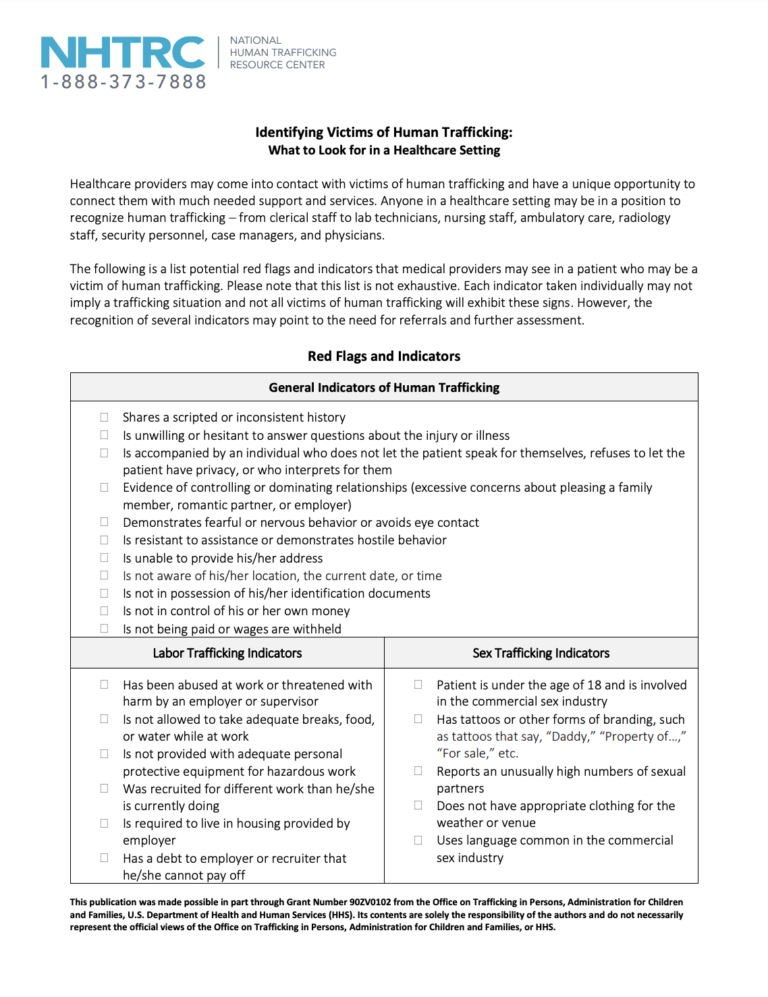Tripartite Declaration of Principles Concerning Multinational Enterprises and Social Policy
GuidanceGood PracticesThe MNE Declaration is the only ILO instrument that provides direct guidance to enterprises on social policy and inclusive, responsible and sustainable workplace practices. It is the only global instrument in this area that was elaborated and adopte...Read More

